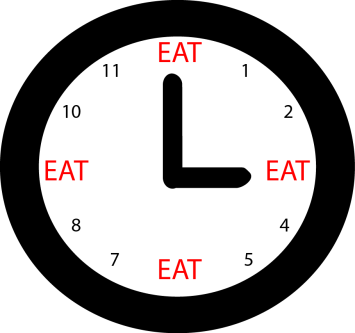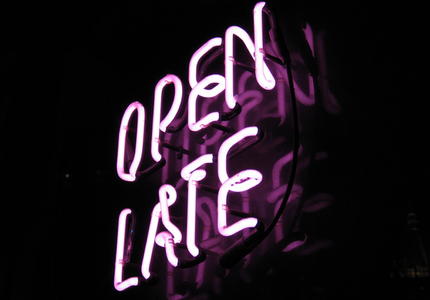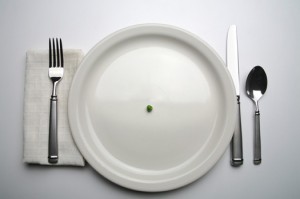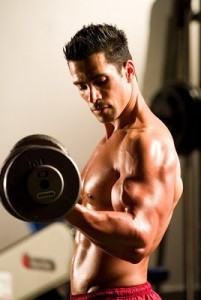 It’s a new year - and many people are making resolutions to exercise. Great! But many people mistakenly believe that working out is a free pass to eat whatever you want.
It’s a new year - and many people are making resolutions to exercise. Great! But many people mistakenly believe that working out is a free pass to eat whatever you want.
A few years back, Olympic swimmer Michael Phelps gained a lot of attention for his alleged 10,000 calorie-per-day diet including lots of “pizza and pasta.” Most experts believe that Phelps’ actual diet is likely closer to 6,000 calories as it’s nearly impossible to eat 10,000 calories in a day.
Still… for the rest of us non-Olympians, Phelps’ legendary diet helps fuel the popular misconception that you can eat whatever you want as long as you exercise. Simply put, this is untrue.
On one end of the equation, each of us burn a set number of calories during the course of the day. If we exercise, we can certainly boost that number. At the other end of the equation, each us consumes a certain number of calories through the foods we eat. At the most basic level, if calories in is greater than calories out, we will store those extra calories as fat.
It’s true that regular exercisers have higher metabolisms and thus need more calories on a daily basis. Many people, for example, are surprised by the amount of food that I consume even though I’m just 155 pounds. But if I ate beyond my body’s daily caloric needs - even despite my rigorous workout routine - there’s no doubt that I’d gain excess fat.
And working out doesn’t prevent an individual from developing nutritional deficiencies. As such, it’s not a free pass to eat a diet of French fries and cheeseburgers. On the contrary, it’s still important to eat with health in mind - and it’s important to give your body the fuel it needs to power through workouts and maintain muscle mass.
Bottom line: The idea that you can eat whatever you want if you workout is a total myth. All of us, regardless of our activity level, must pay attention to the foods we eat.









 Dear Davey,
Dear Davey,






